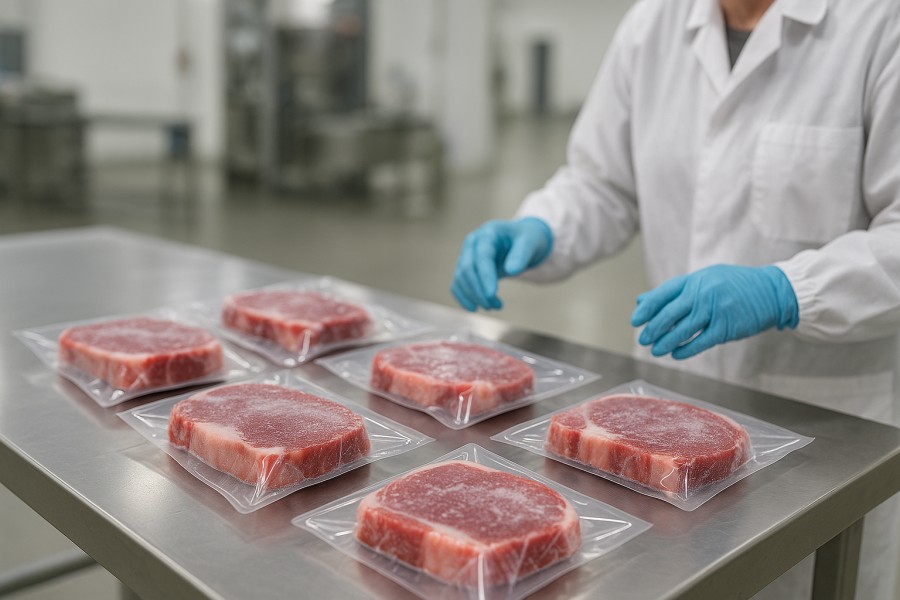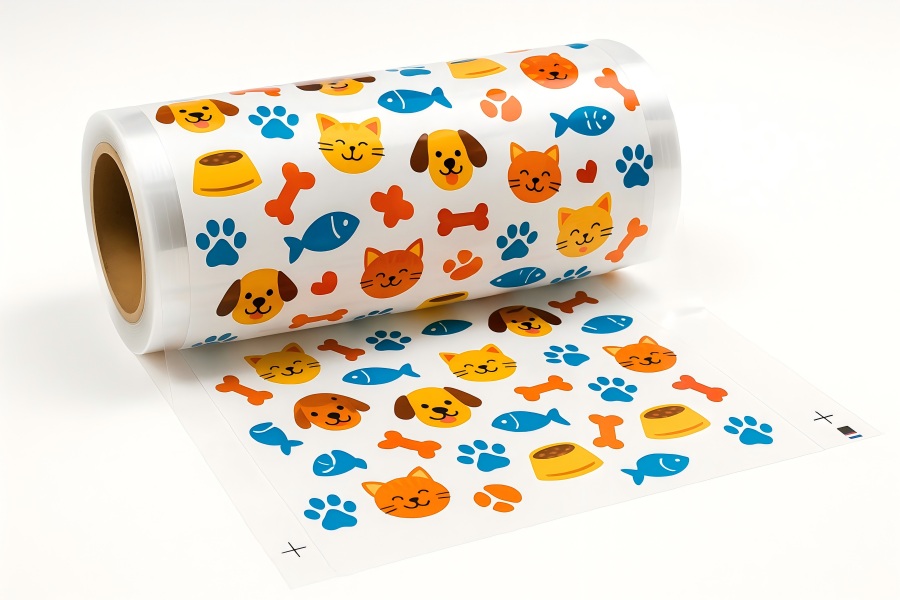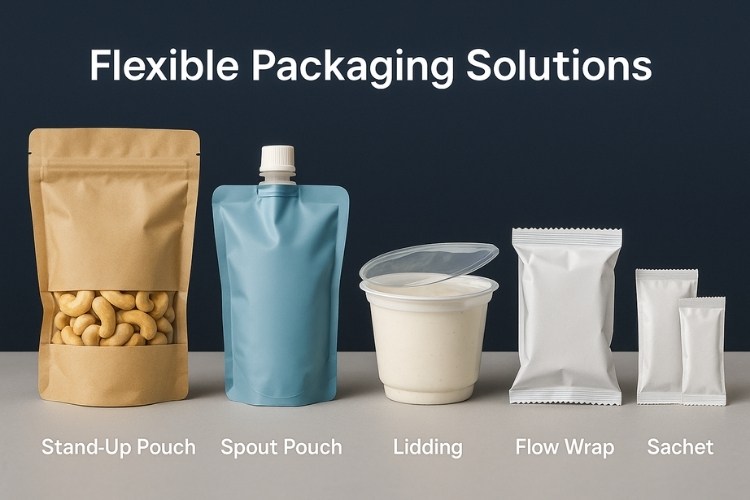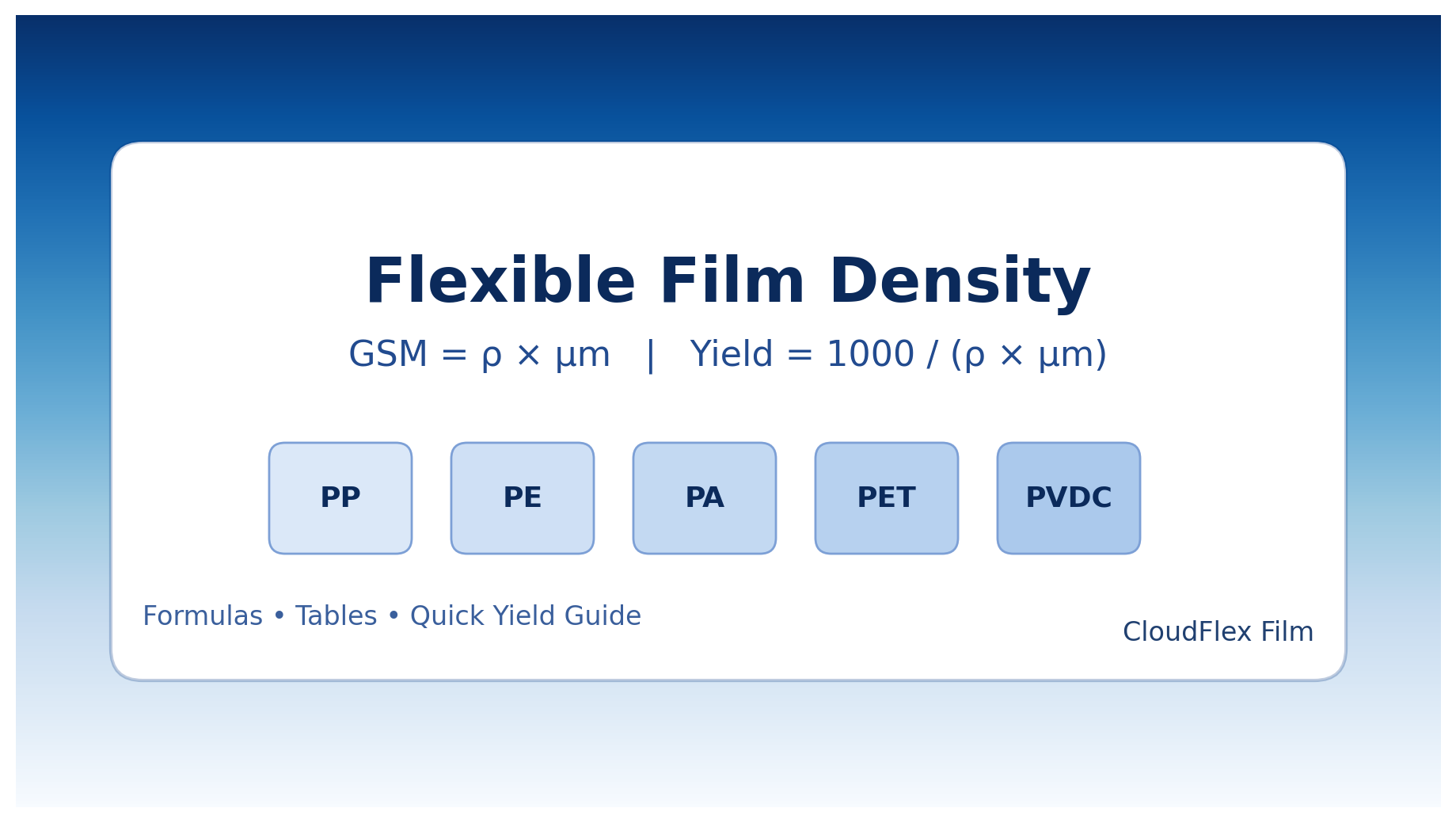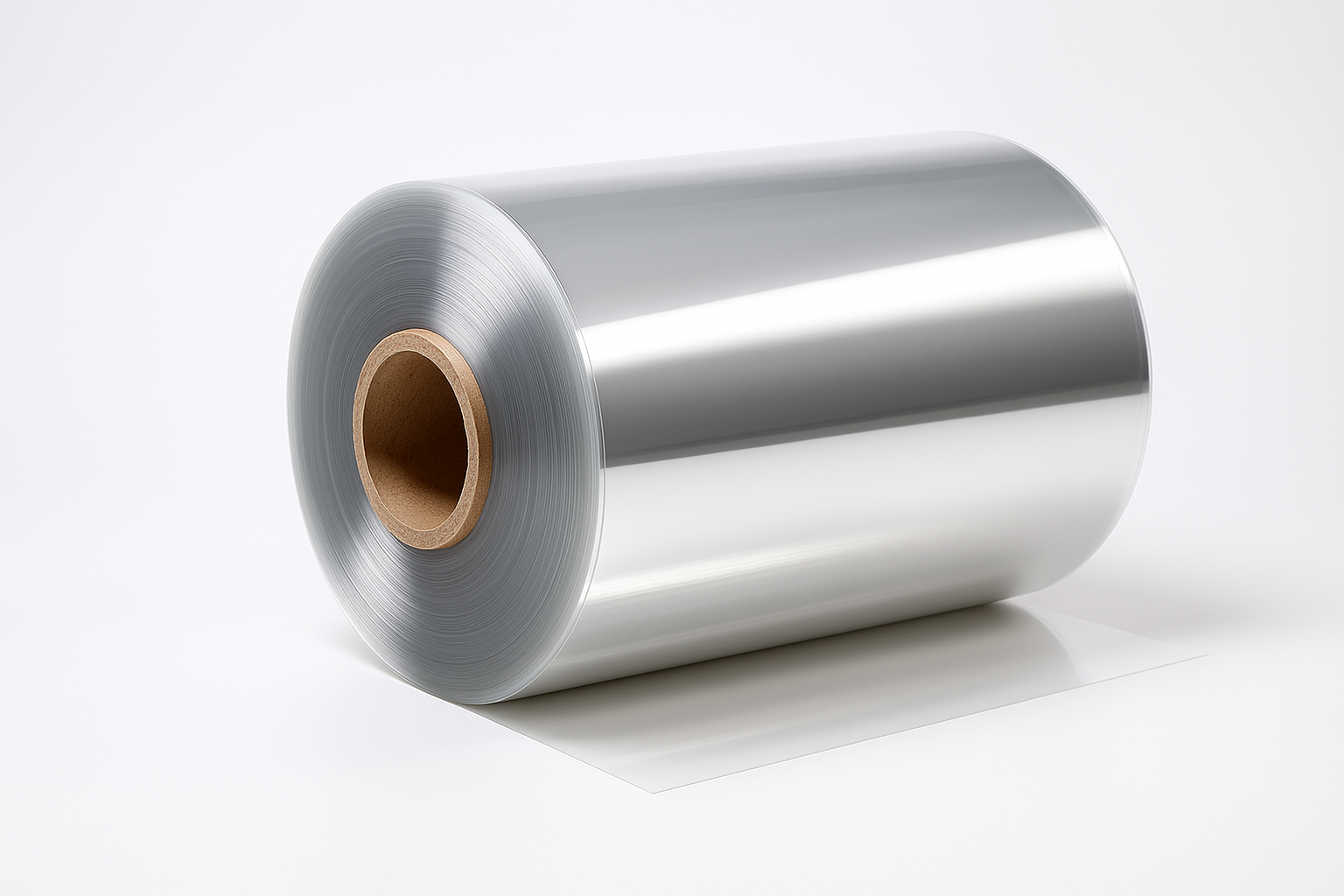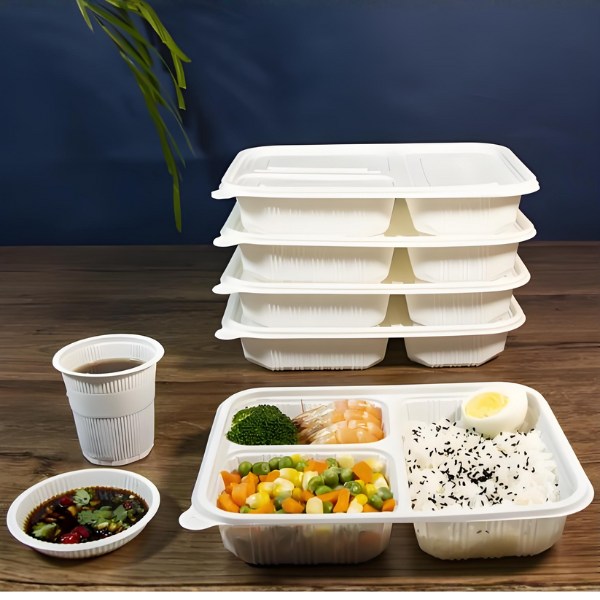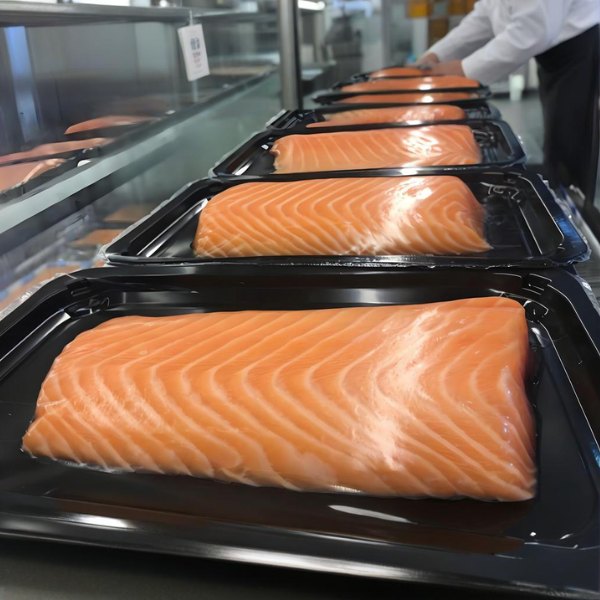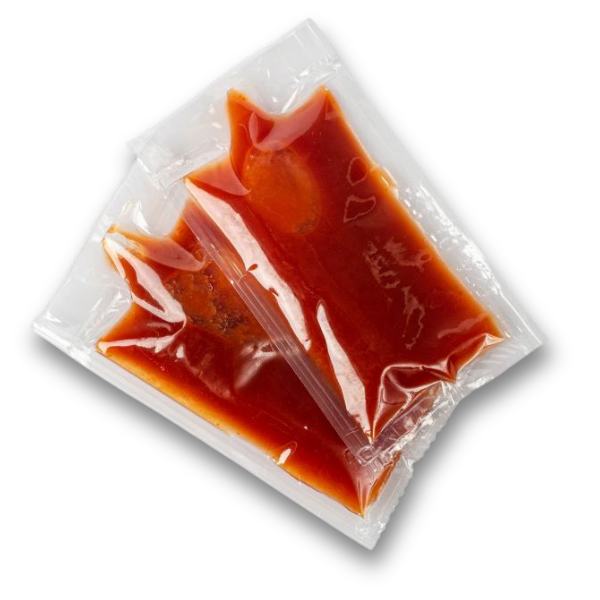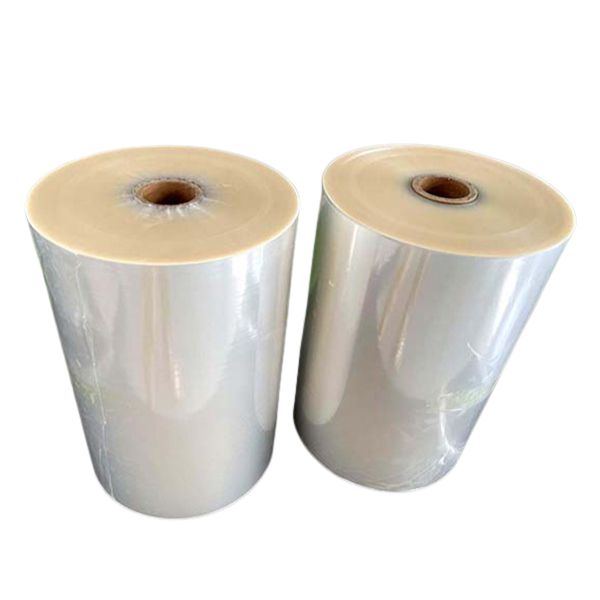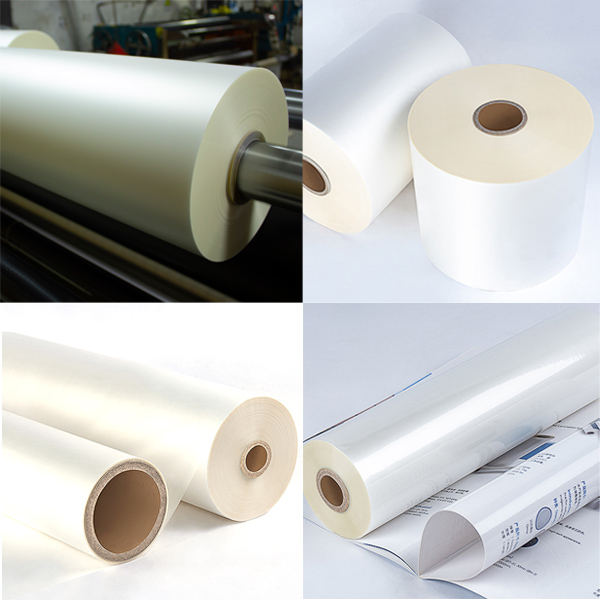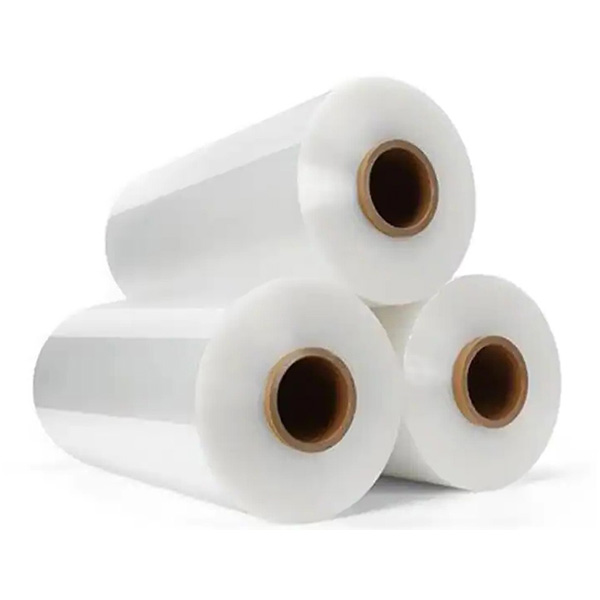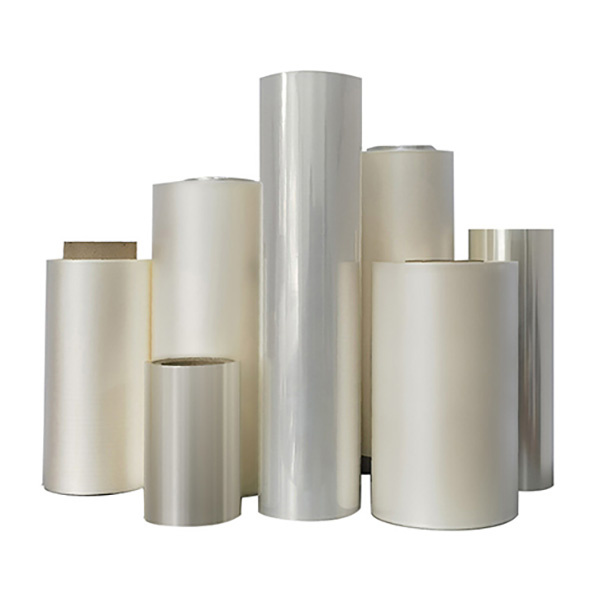Introduction
In the world of packaging, one term that frequently comes up—especially in food, pharmaceutical, and consumer goods industries—is “lidding film.” But what exactly is lidding film, and why is it so important?
In this guide, we’ll break down everything you need to know about lidding film, from its basic structure and materials to its wide-ranging applications and how to choose the right one for your needs.
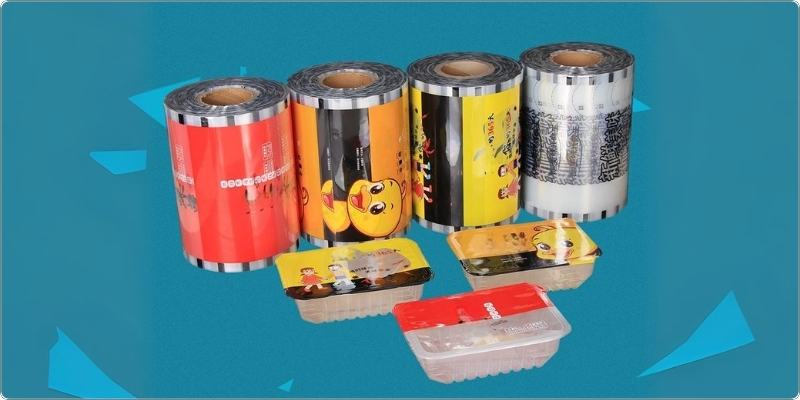
{ Lidding Film Is Applied In Multiple Fields Of The Packaging Industry }
What is Lidding Film?
Lidding film is a thin layer of material used to seal containers such as cups, trays, and tubs. It provides a protective barrier, preserves freshness, and often includes features like peelability or printability for branding. Typically made from plastic or aluminum foil, lidding films are engineered to meet specific requirements such as heat resistance, puncture resistance, and barrier properties against moisture, oxygen, and contaminants.
Structure and Composition of Lidding Film
Lidding films are generally multi-layered structures, each layer serving a distinct purpose:
- Sealant Layer: The innermost layer that comes into contact with the container rim. It ensures a tight seal and can be designed for peelable or weld-seal applications.
- Barrier Layer: Provides protection against gases (like oxygen), moisture, and UV light. Common materials include EVOH, aluminum foil, or metallized films.
- Carrier Layer: The outermost layer that offers mechanical strength, printability, and durability. Materials like PET, PP, or paper are often used here.
| Material | Heat Resistance | Barrier Properties | Recyclability | Best Use Case |
|---|---|---|---|---|
| PET | High | Moderate | Widely recyclable | Microwave trays |
| PP | Medium | Low | Recyclable | Dairy products |
| Aluminum | Very high | Excellent | Not recyclable | Coffee, pharmaceuticals |
| PLA (Bio) | Low | Low to moderate | Compostable | Eco-friendly packaging |
{ Material Comparison Table }
This combination of layers ensures that the lidding film not only seals the product but also extends its shelf life and maintains quality.
Types of Lidding Films
Lidding films can be categorized based on their functionality, material composition, and sealing properties:
1. Peelable Lidding Films
These films allow consumers to easily peel back the seal without tools. They are widely used in dairy products like yogurt and cottage cheese.
2. Weld-Seal Lidding Films
These create a permanent, tamper-evident seal. They are common in medical packaging and products requiring high security.
3. High-Barrier Lidding Films
Ideal for oxygen- and moisture-sensitive products such as coffee, ready-to-eat meals, and pharmaceuticals.
4. Printable Lidding Films
These allow high-quality graphics and branding, making them popular in consumer-facing products.
5. Microwaveable Lidding Films
Specially designed to withstand microwave heating, often used in frozen meals and ready-to-eat products.
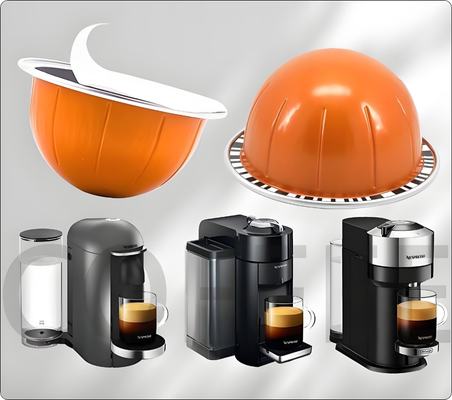
{ Coffee Capsule Easy-Peel Film }
Applications of Lidding Film
Lidding films are used across a wide range of industries:
Food Industry
- Dairy Products: Yogurt, cream cheese, butter
- Ready Meals: Trays for pasta, rice, vegetables
- Snacks: Nuts, dried fruits, confectionery
- Beverages: Coffee capsules, juice cups
Pharmaceutical Industry
- Blister Packs: For tablets and capsules
- Medical Device Trays: Sterile packaging for surgical tools
Personal Care & Cosmetics
- Creams and Lotions: Sealed jars and tubs
- Wipes: Resealable packaging for wet wipes
Industrial & Chemical
- Adhesives and Sealants: Secure packaging for chemical products
- Paints and Coatings: Tamper-evident seals for cans and tubs
Key Benefits of Lidding Film
- Product Protection: Shields against contamination, moisture, and oxygen.
- Extended Shelf Life: Barrier properties help maintain product freshness.
- Convenience: Features like peelability and resealability enhance user experience.
- Brand Visibility: Printable surfaces allow for high-quality branding and product information.
- Sustainability Options: Many lidding films are now recyclable or made from renewable resources.
How to Choose the Right Lidding Film
Selecting the right lidding film depends on several factors:
1. Product Requirements
- Does the product need oxygen or moisture protection?
- Is it sensitive to light or UV exposure?
- Will it be microwaved or frozen?
2. Packaging Process
- What type of sealing equipment is being used?
- What are the speed and temperature requirements?
3. Consumer Experience
- Should the seal be peelable or permanent?
- Is resealability important?
4. Regulatory Compliance
- Food contact safety standards (e.g., FDA, EU regulations)
- Pharmaceutical packaging requirements (e.g., ISO standards)
5. Sustainability Goals
- Is recyclability a priority?
- Are bio-based or compostable materials preferred?
At CloudFilm, we help clients navigate these considerations to find the perfect lidding film solution.
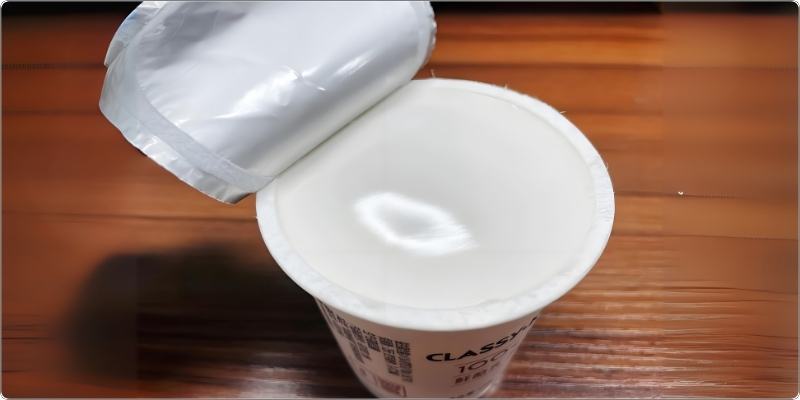
{ Yogurt Easy-Peel Film }
Innovations and Sustainability Trends in Lidding Films
The packaging industry is rapidly evolving, with sustainability at the forefront. Key innovations include:
1. Recyclable Lidding Films
Designed to be compatible with existing recycling streams, these films help reduce environmental impact.
2. Biodegradable and Compostable Options
Made from plant-based materials like PLA (polylactic acid), these films break down naturally under specific conditions.
3. Downgauging
Advances in material science allow for thinner films without compromising performance, reducing material usage and waste.
Integration of QR codes, NFC tags, and freshness indicators for enhanced consumer engagement and product safety.
CloudFilm is committed to staying at the cutting edge of these trends, offering innovative and sustainable packaging solutions.
Frequently Asked Questions (FAQ)
Q: What is the difference between lidding film and regular plastic wrap?
A: Lidding film is specifically engineered for sealing containers, offering barrier properties, seal strength, and often peelability or printability. Regular plastic wrap lacks these specialized features.
Q: Can lidding films be customized?
A: Yes. CloudFilm offers customization in terms of material, thickness, print design, and sealing properties to meet specific client needs.
Q: Are there eco-friendly lidding films available?
A: Absolutely. We provide recyclable, biodegradable, and compostable lidding films to support sustainability goals.
Q: What industries benefit most from lidding films?
A: Food, pharmaceuticals, personal care, and industrial packaging are the primary industries that benefit from lidding films.
Conclusion

{ CloudFilm Provides You With Customizable Lidding Film Solutions }
Lidding film is a critical component of modern packaging, offering protection, convenience, and branding opportunities. Whether you’re in the food, pharmaceutical, or consumer goods industry, selecting the right lidding film can enhance product quality, extend shelf life, and improve consumer satisfaction.


